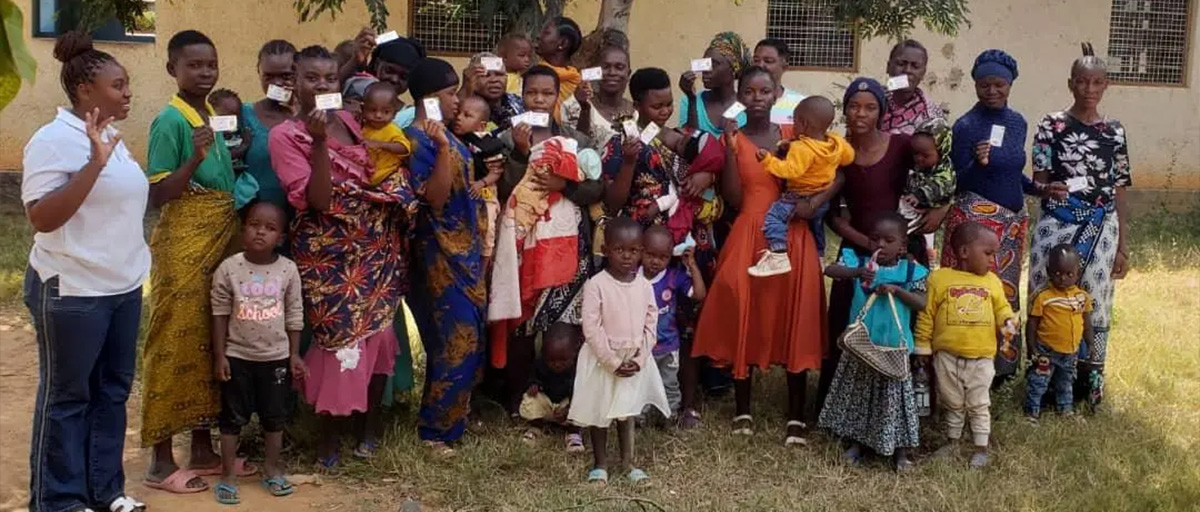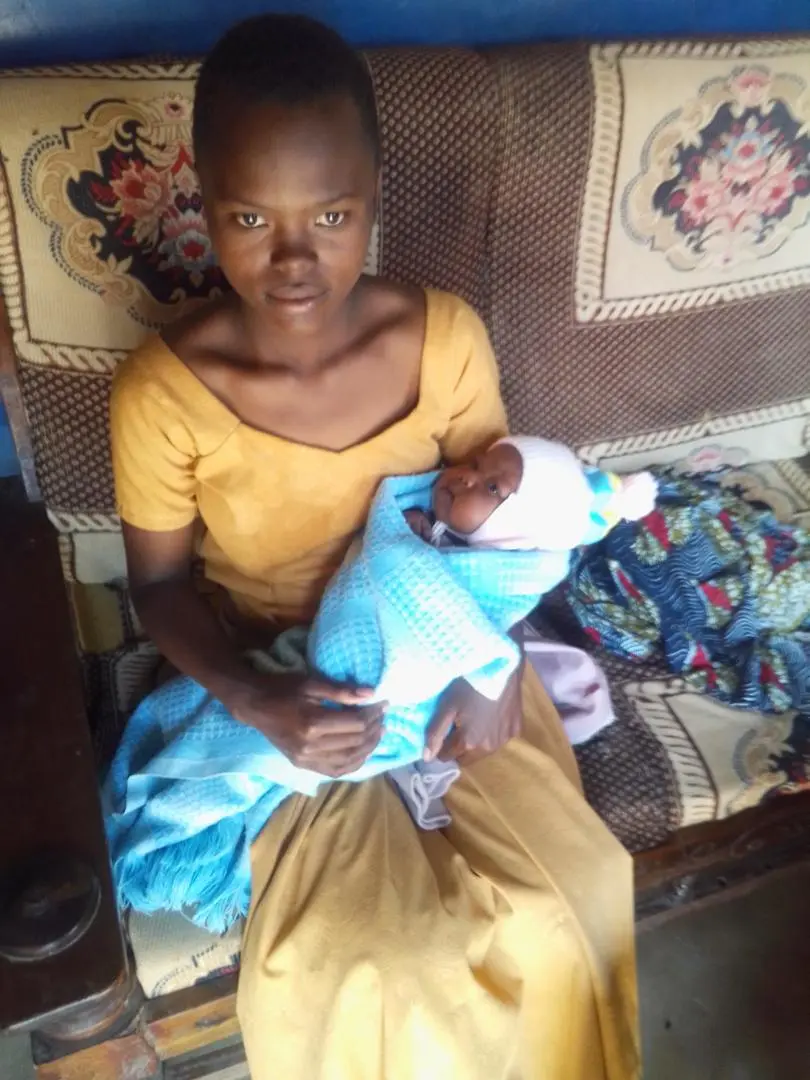Around 90 per cent of adolescent pregnancies in low- and middle-income countries occur in girls who are married (UNFPA, 2013). This is due to married girls’ higher exposure to sex, lower use of contraception, and pressure to conceive quickly after marriage (Psaki, 2012 p. 112). The risk of unplanned pregnancy is growing for unmarried girls as the legal age for marriage increases globally, having some – but not an automatic – impact on marriage practices (Psaki, 2012 p.112).
There is a significant body of evidence looking at the links between early pregnancy (often outside of marriage) and school dropout in Tanzania, but the findings from studies are not necessarily relevant for or do not necessarily align with, studies looking at the relationship between early marriage (and resulting early pregnancies) and school dropout in Tanzania. The different perimeters of available studies, along with a lack of robust, comparable national data, and the fact that early marriage and pregnancy, as well as school dropout, are so interlinked with socioeconomic inequalities and unequal gender norms, make it difficult to make causal assumptions about exactly how early marriage and pregnancy influence school dropout.
Our approach focused on promoting and investing in issues that will lead to best education in close partnership with schools, and Local government authority and stakeholders. We intend and aims to create an inclusive community where girls and women count and can effectively participate in every opportunity thus the project will align with the vision as it seeks young women students to return to school, having access of support and flexible education options during their unplanned pregnancy, we believe that education is a fundamental human right, not a privilege.



Leave a Reply